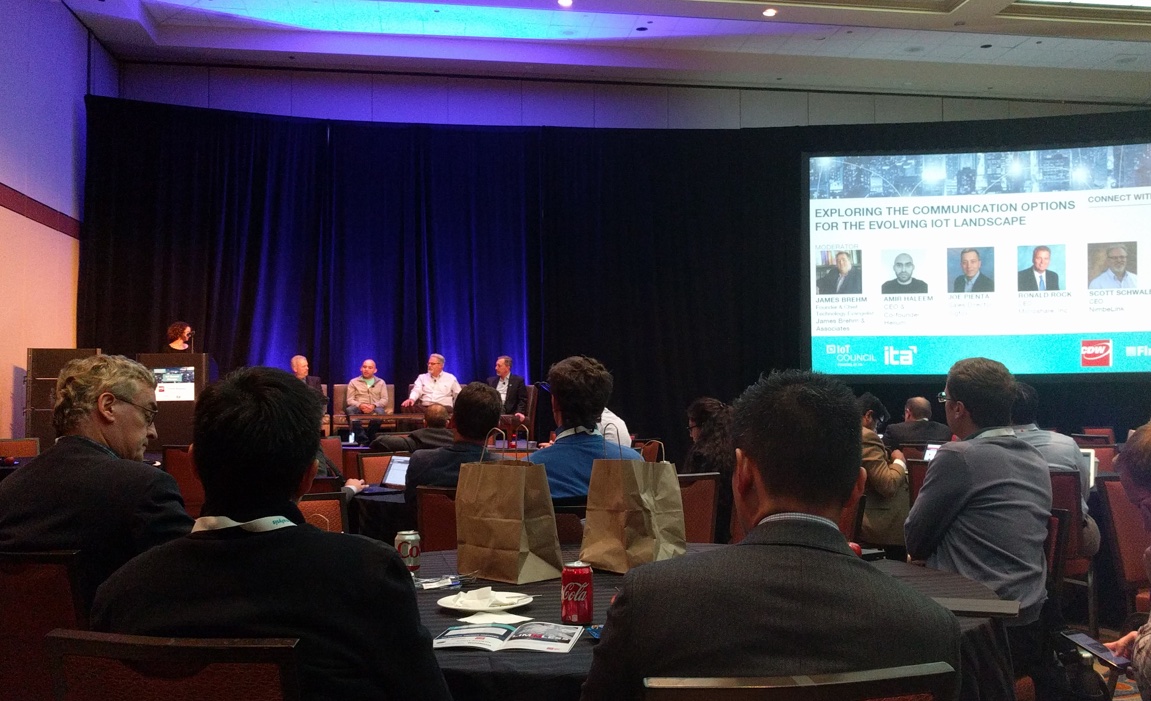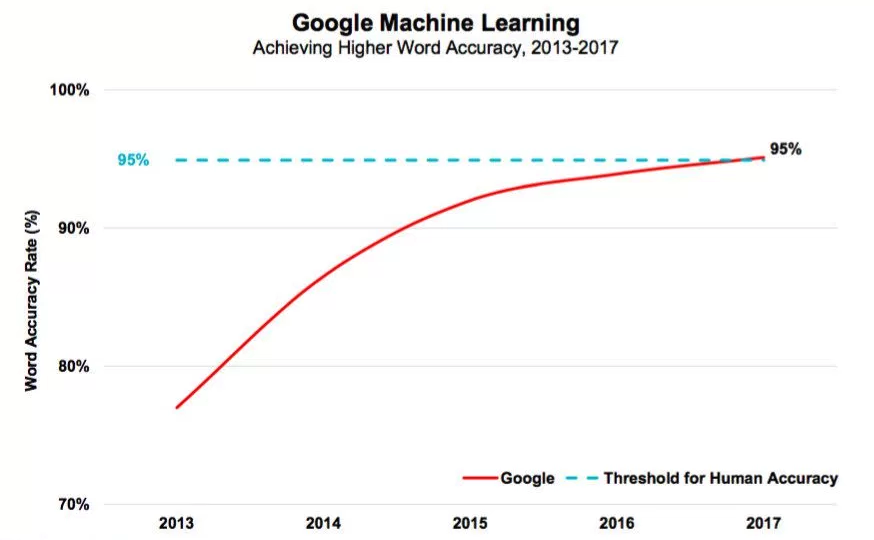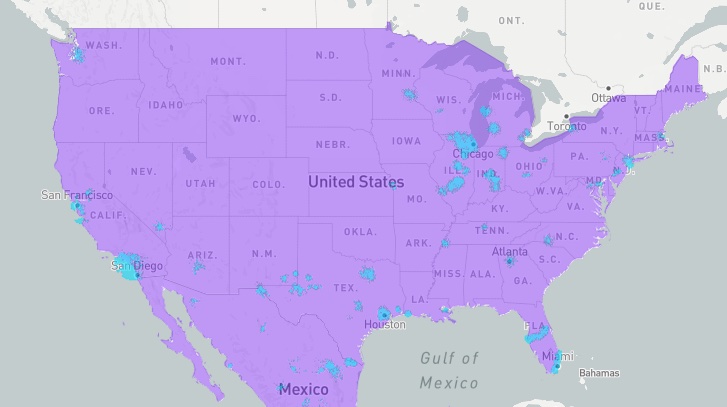2017 IoT Summit Chicago Summary
A few notes and concepts that I found interesting from the 2017 ITA IoT Summit in Chicago.
Quotes
Kids born today may never need to get a drivers license
— Autonomous Vehicle Initiatives
The reality is, a lot of ideas don't survive implementation
IoT is about getting positive interaction with users, instead of just warranty requests
— Newell/First Alert
People are resistive to changes to their workflow
Human accuracy for word recognition is about 95%, Google reached that in 2017
— Knowles
Plan for rf radio sunsets, 4G will one day no longer be used. You need updatable tech in the millions of IoT sensors we are deploying today.
Feedback loops need to go back and benefit the user that carries the IoT device not just researchers or doctors.
Experts are loaded with value and ALOT of opinions
Who owns the data collected by IoT devices?
It seems the majority of speakers said the data is owned by the customer, but the bigger question is who has access to use the data. Legally most IoT companies bury their legal access to the data in the EULA which often are not read or understood by end users.
Vendor to vendor data usage is where a lot of the mistrust occurs. End customers are happy that the first company has access to it, but when you start aggregating the data with 3rd parties is when a grey area is formed. The question is then turns to if the 3rd party benefits the end user by way of reduced cost to them. However not all consumers value low cost over privacy.
A lot of the IoT today was put in to serve a single purpose to collect data about one thing, but now other people and departments are finding it very useful to them. In flight wifi was put in to let passengers send messages during flights, but it was very useful to send aircraft data over so they could identify engine issues in flight and schedule the mechanic to be ready as soon as the plane lands. The bigger concern is 17 years old jets are now going online, security gateways and firewalls are critical.
LPWA (low power wide area)
Currently IoT uses wifi, bluetooth or zigbee communication which is really difficult for end users that are not technical (and even technical users) to correctly pair the device. Large companies are getting tired of paying huge call center support bills helping consumers start using their device and are tired of harsh reviews of those that give up and return the item. Companies now want to bypass home networks and strict firewalled corporate networks to connect their devices straight to the cellular networks.
Currently the cellular networks are still too pricey to do this but the next generation of cellular (5g) will have a new ultra low bandwidth mode that should support these devices at a reasonable cost of about $1/year/device. Until then, there are alternative options right now that try to come close to that pricing but coverage and price is definitely not there yet.
- Unlicensed Spectrum
- sigfox (902mhz US or 868mhz Europe bands) (Ultra Narrow Band)
- LoRa (915mhz US)
- ~10 mile range
- Licensed Spectrum
- CAT-M supported by Verizon (CDMA) and ATT (GSM) (CATegory – Machine)
- 300 kbps max, designed to replace 2G connections
- NB-IoT supported by Sprint (CDMA) and T-Mobile (GSM) mostly (Narrow Band – Internet of Things)
- probably the tech that sigfox uses
- Many other protocols but no real large planned coverage which means most will probably fade away with minor localized usage.
- CAT-M supported by Verizon (CDMA) and ATT (GSM) (CATegory – Machine)
- 5G Future
- In April 2008, NASA partnered with Machine-to-Machine Intelligence (M2Mi) Corp to develop 5G communication technology
- Several hundreds of thousands of simultaneous connections
- 1 Gbps speed for a few users, tens of Mbps for tens of thousands of users
- single digit latency around 5ms
- femtocells
- standard base station may be up to 22 miles, a microcell about one mile wide, a picocell is about 0.1 mile, and a femtocell is in the order of 30 feet
- Caveat, 5G will not be able to do all features at once, you will have to pick one and the location will have to be able to provide it as well.
Single digit latency will be needed for autonomous driving, AR, tactile internet, and VR. (audio can handle 100ms, video needs 10ms and tactile internet needs 2-5ms)




